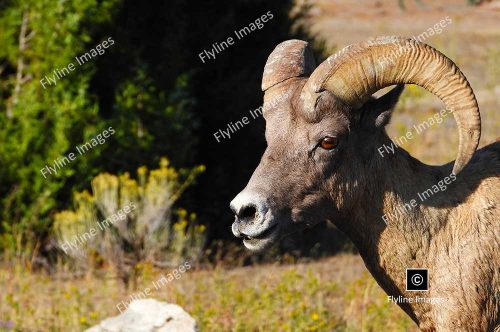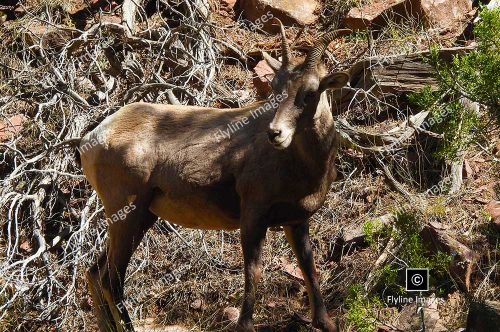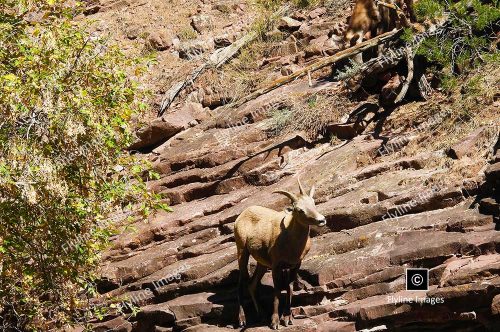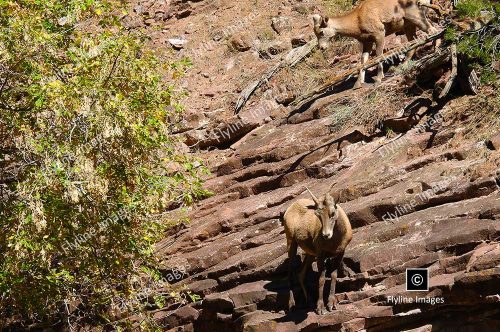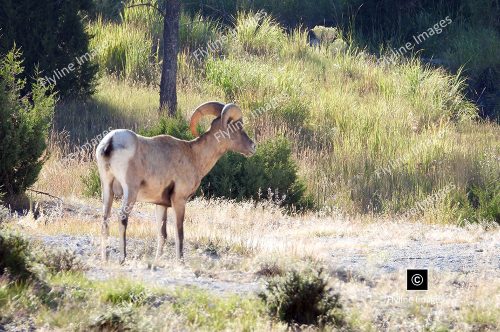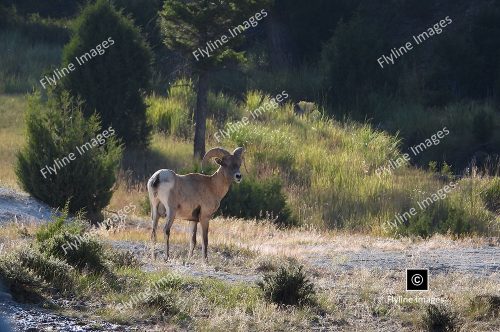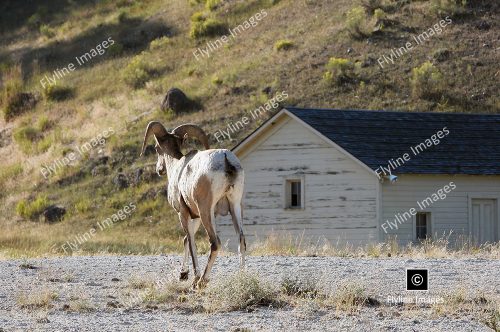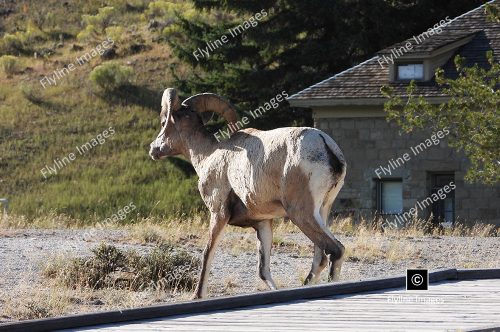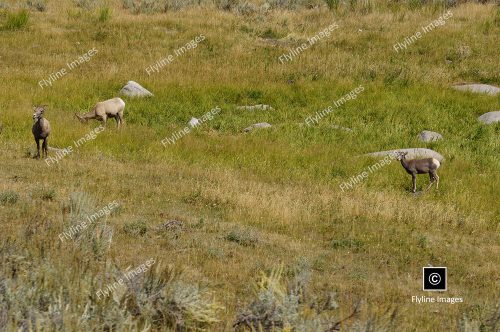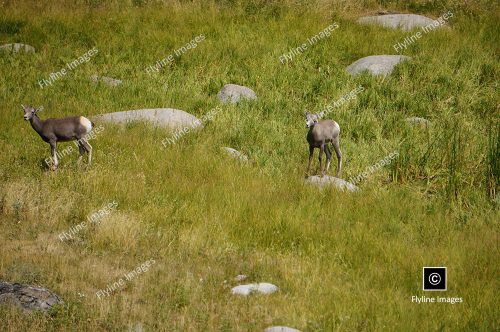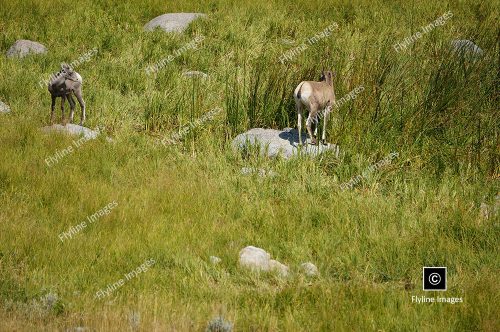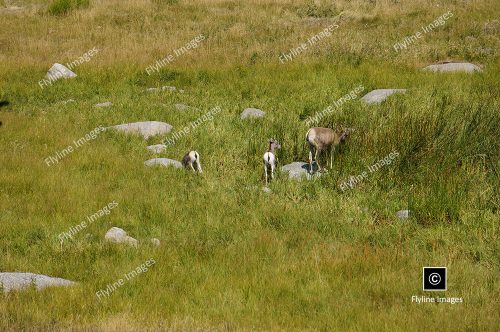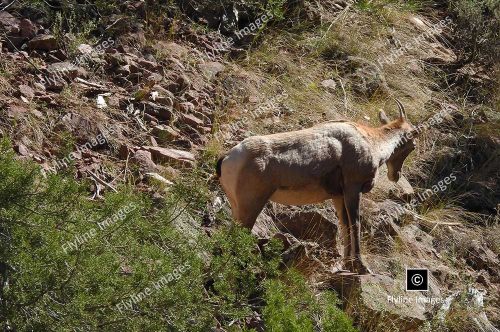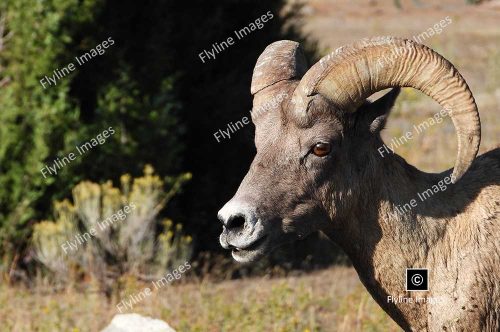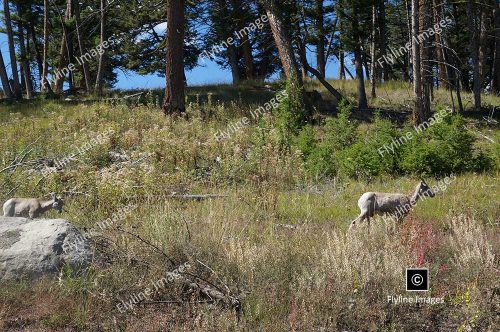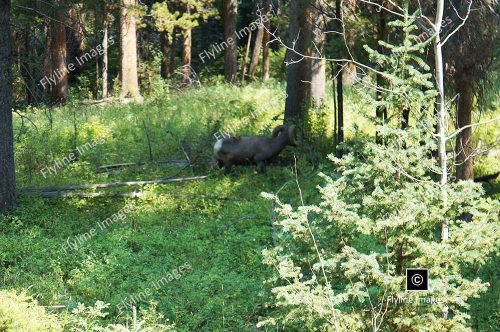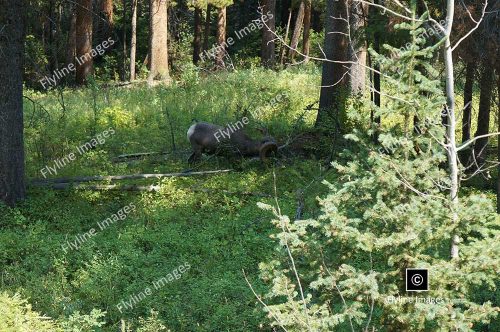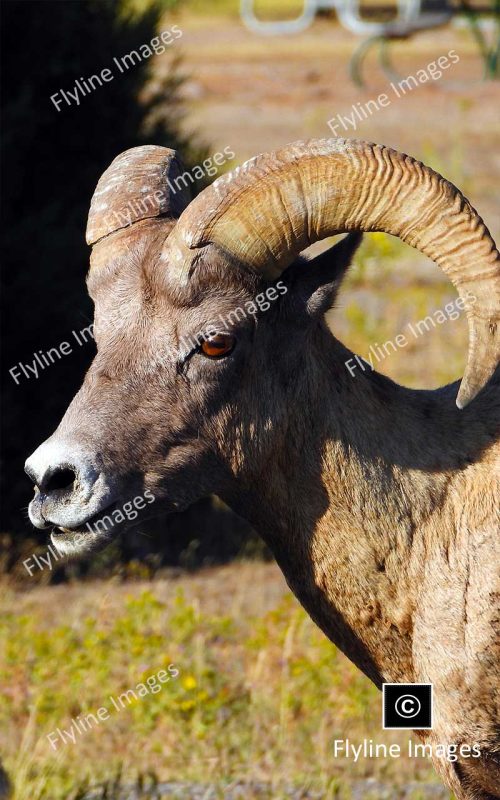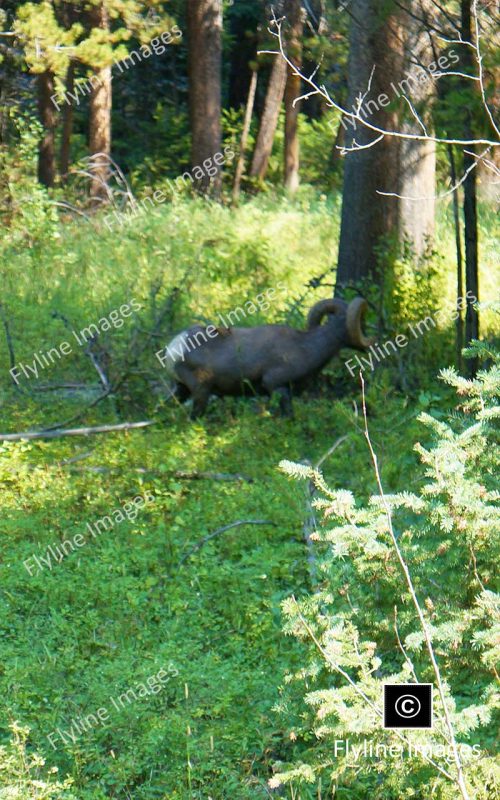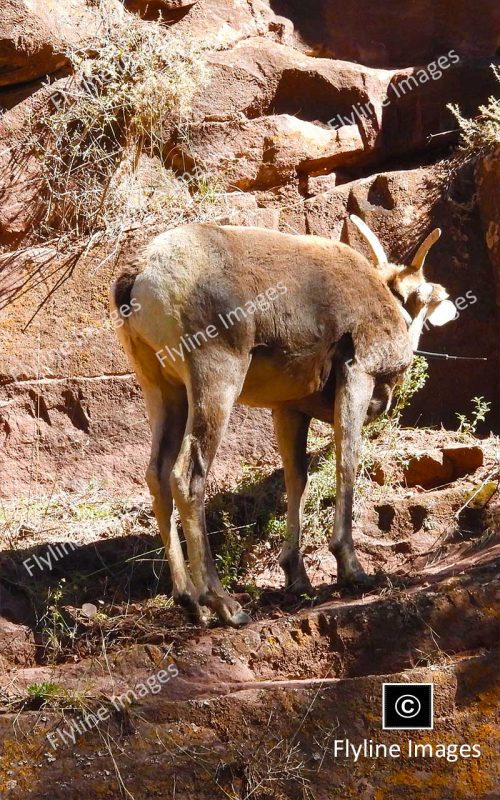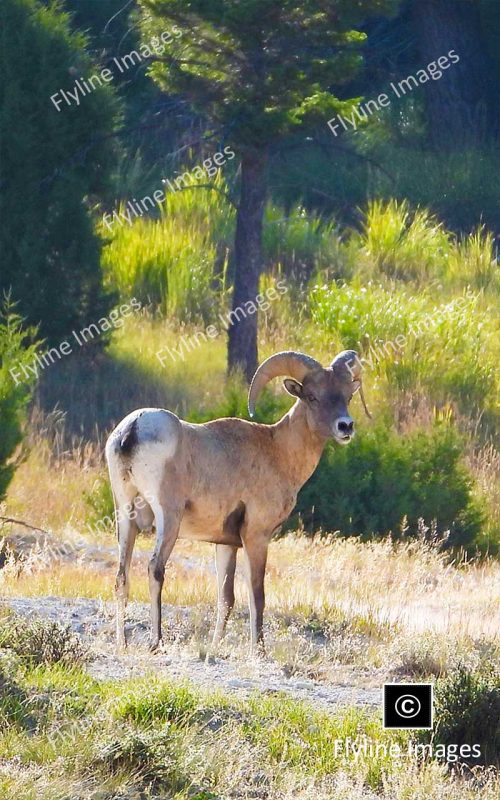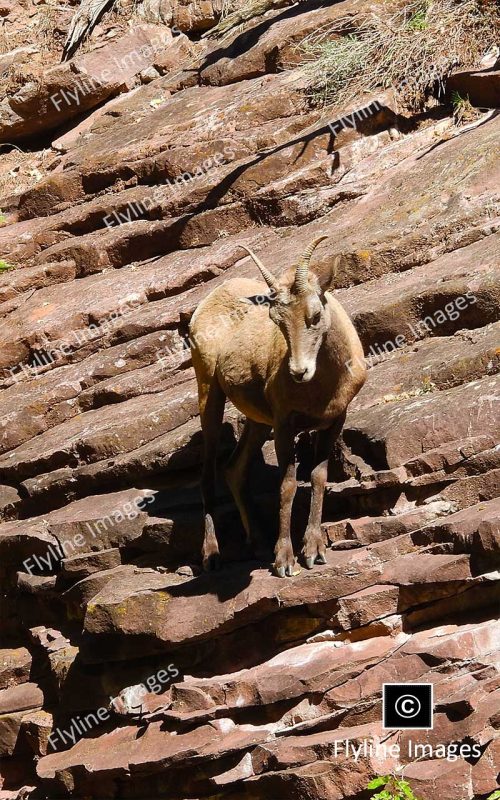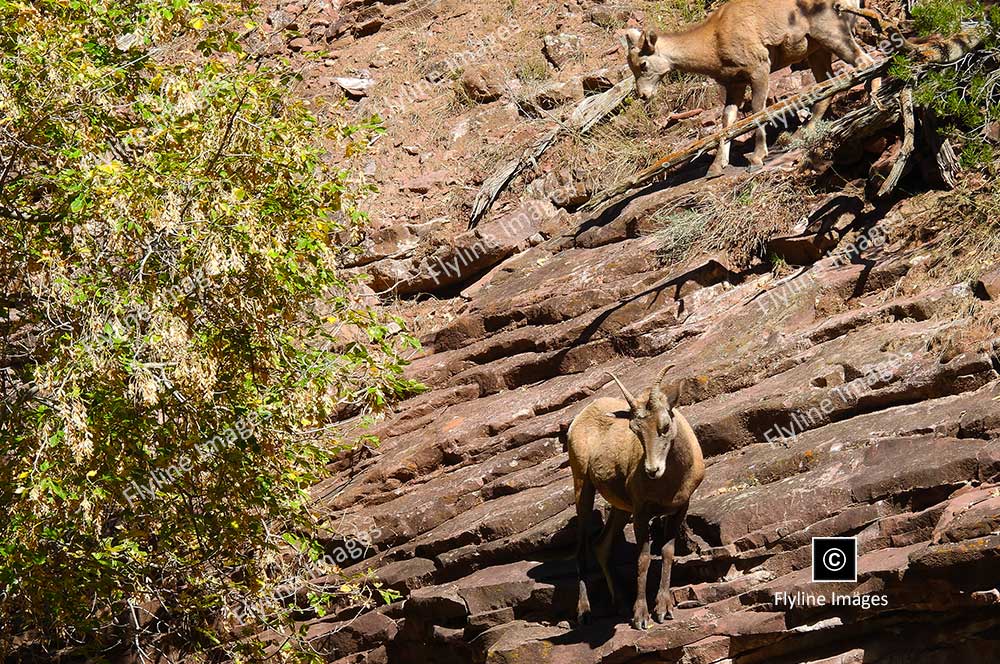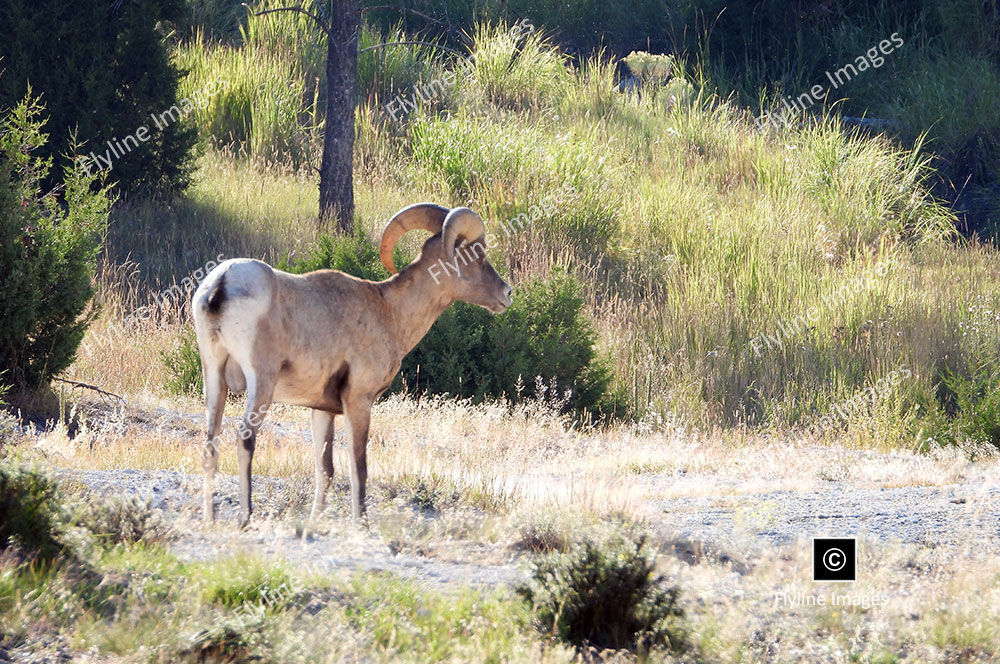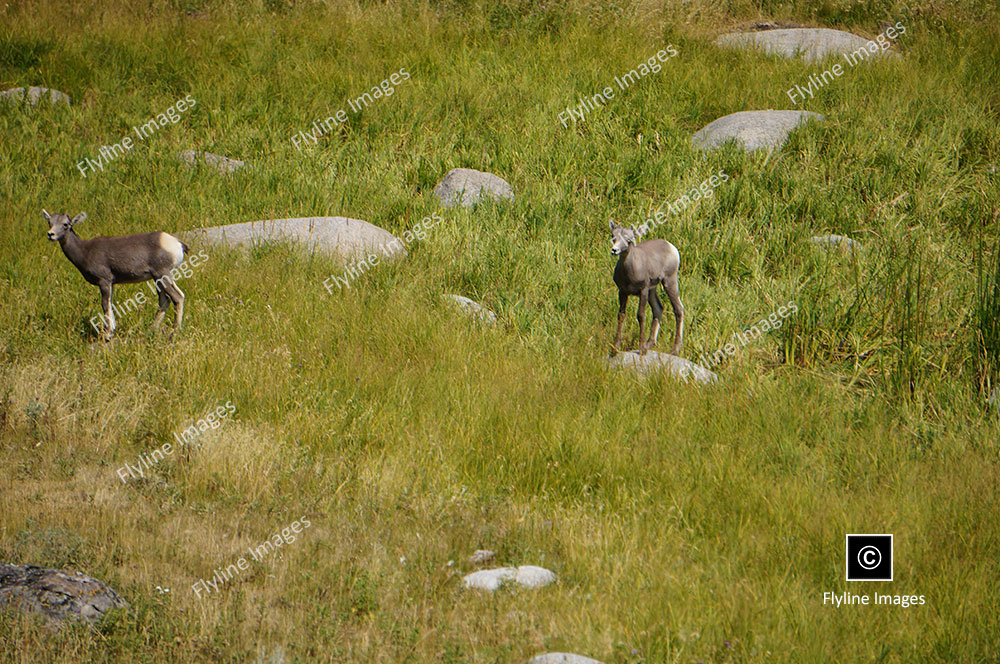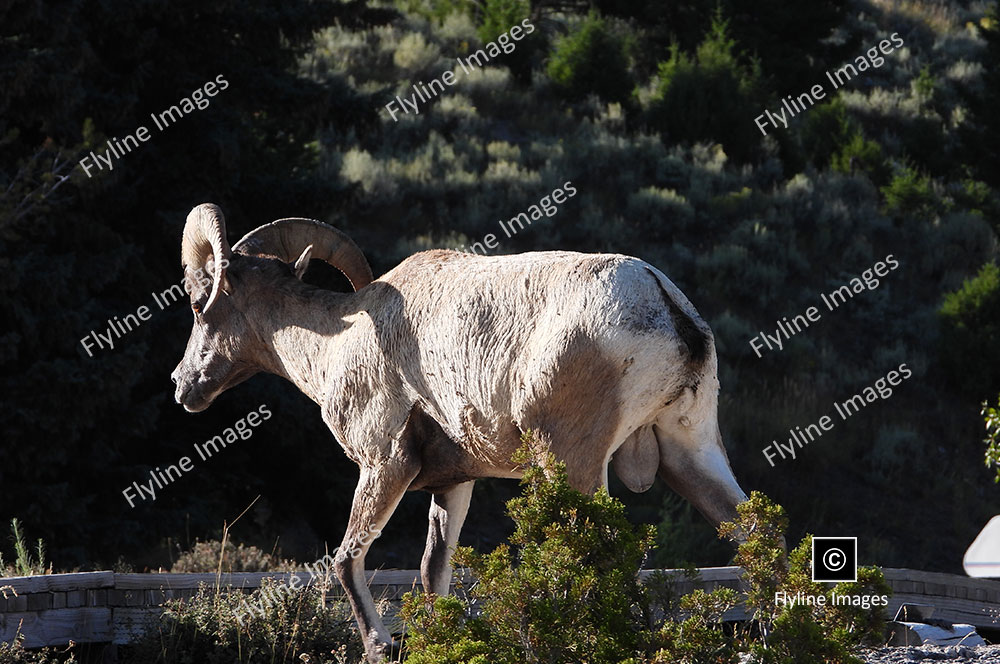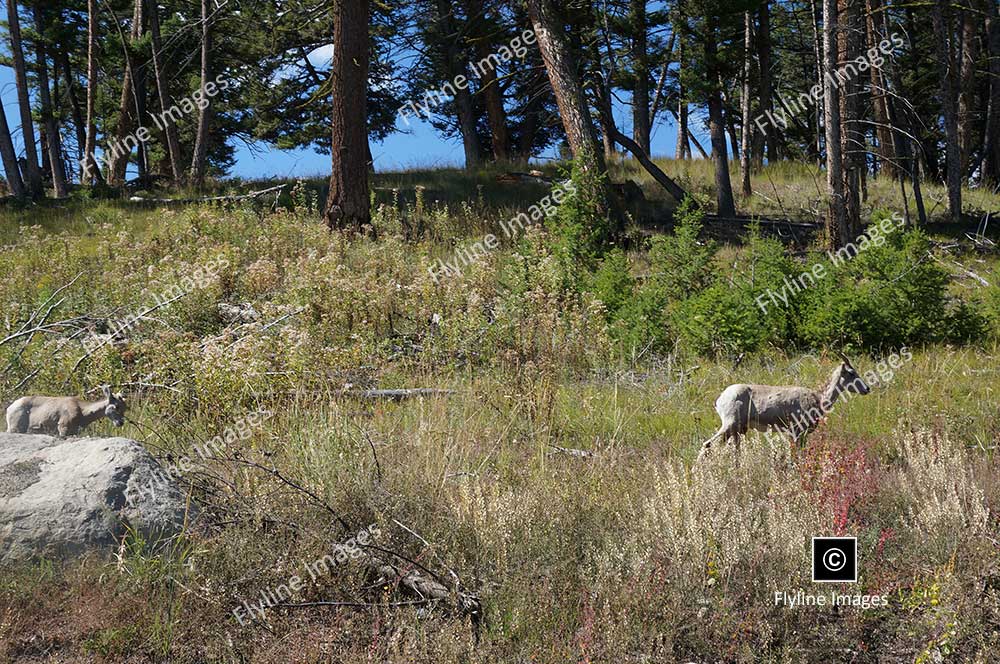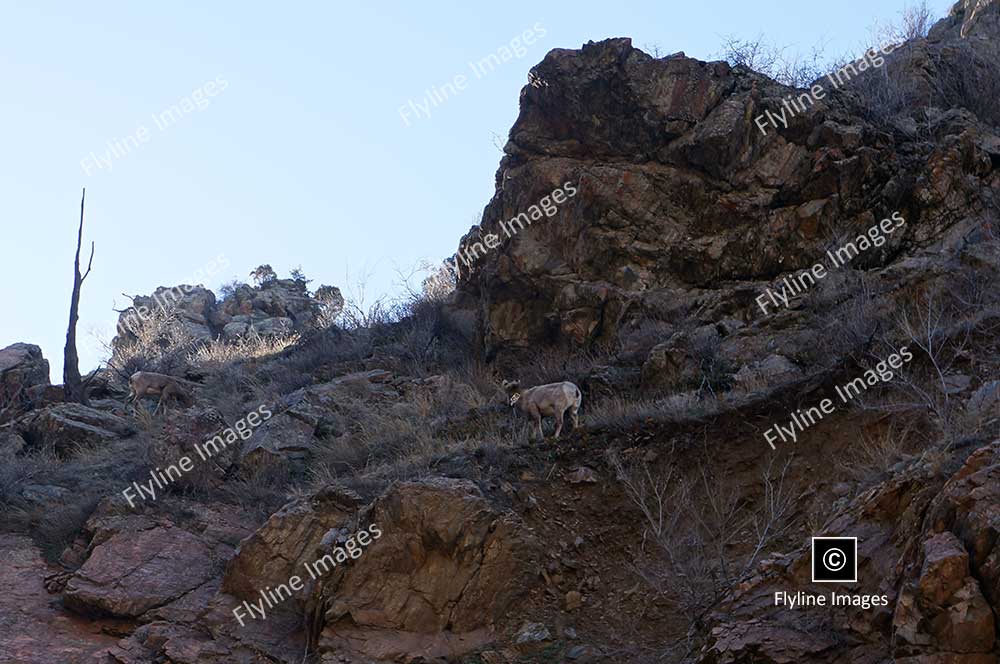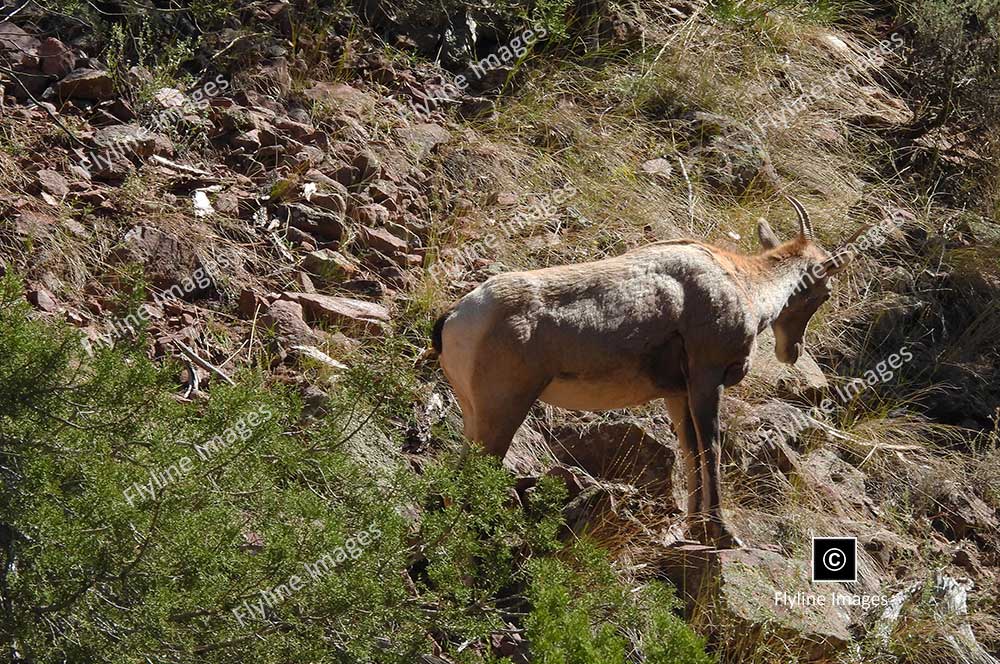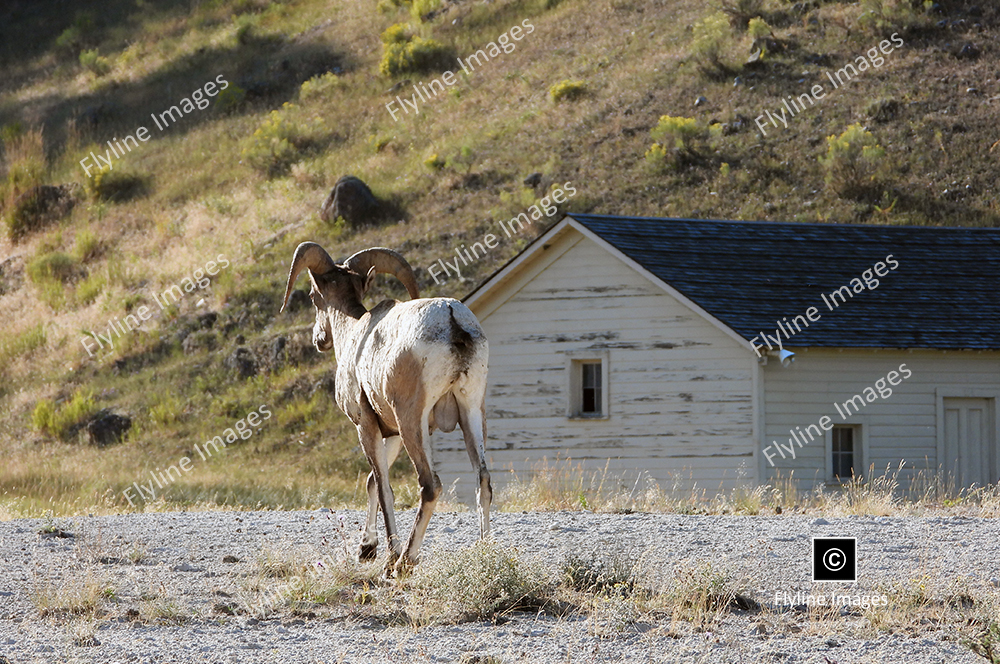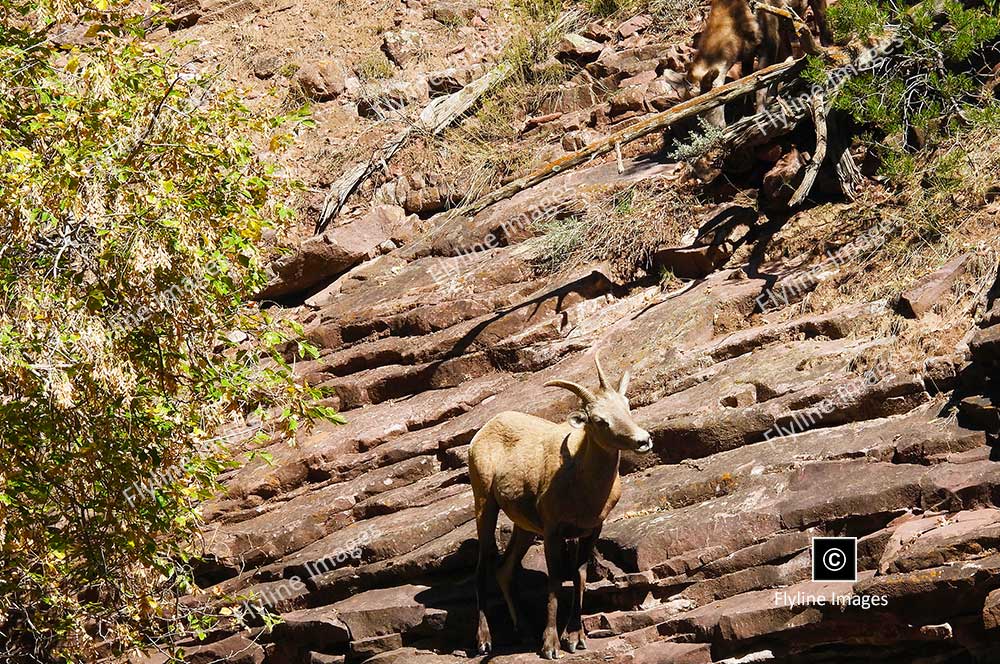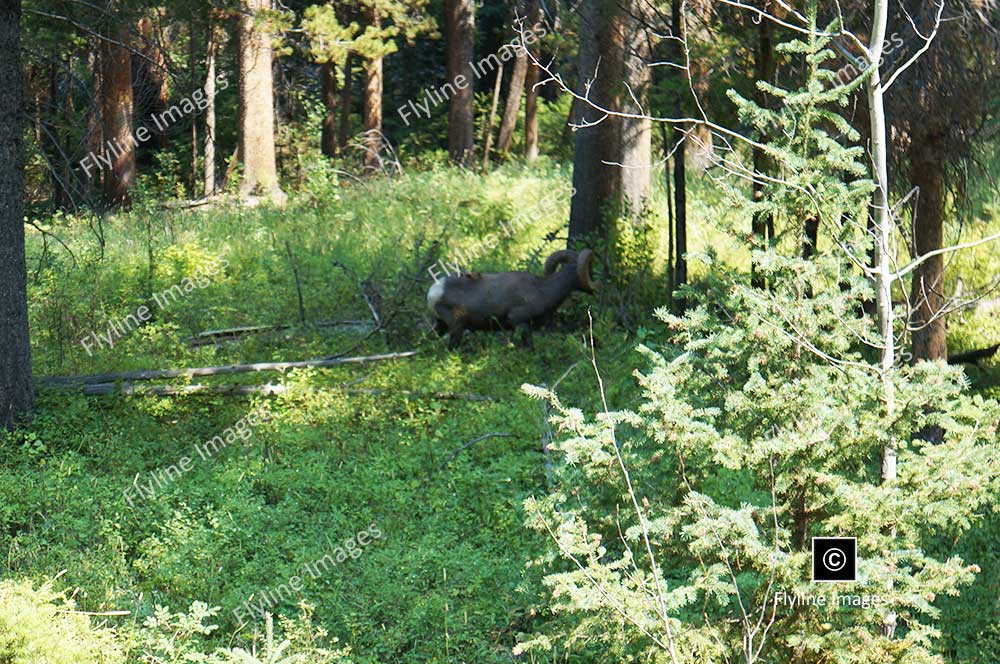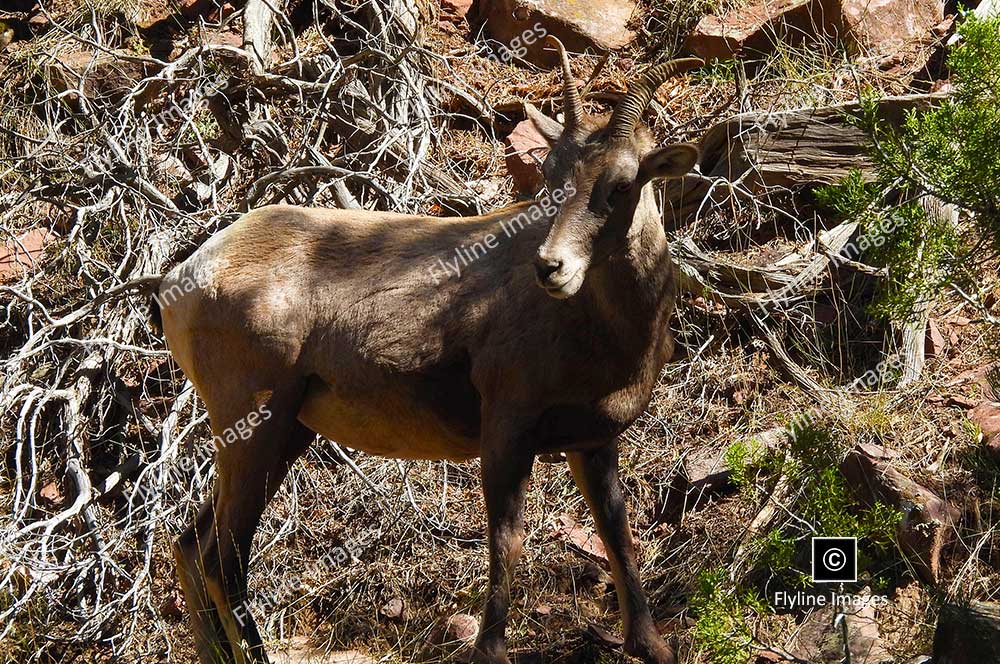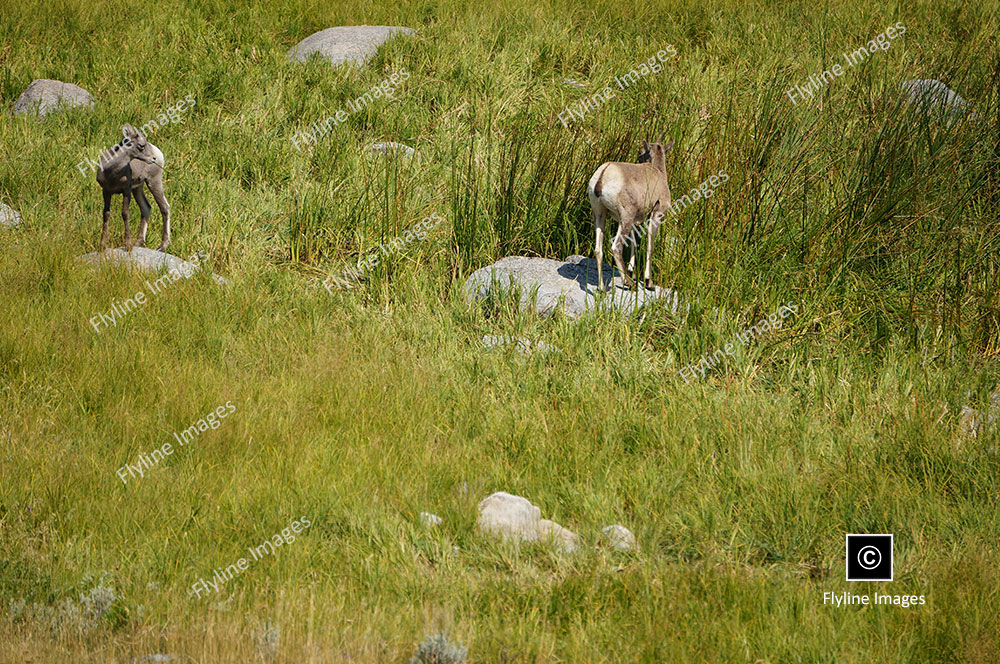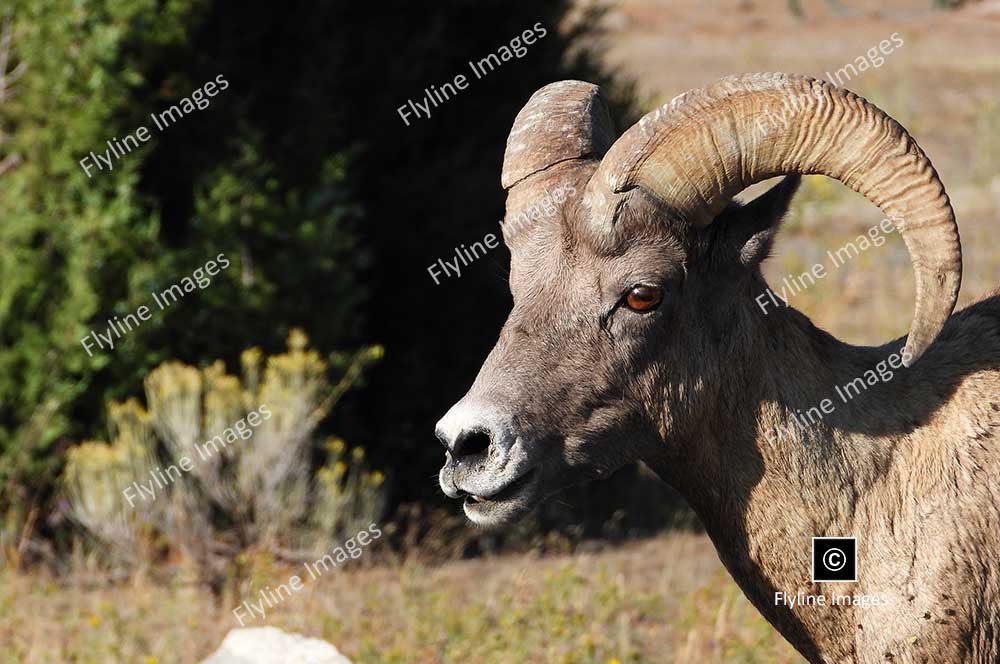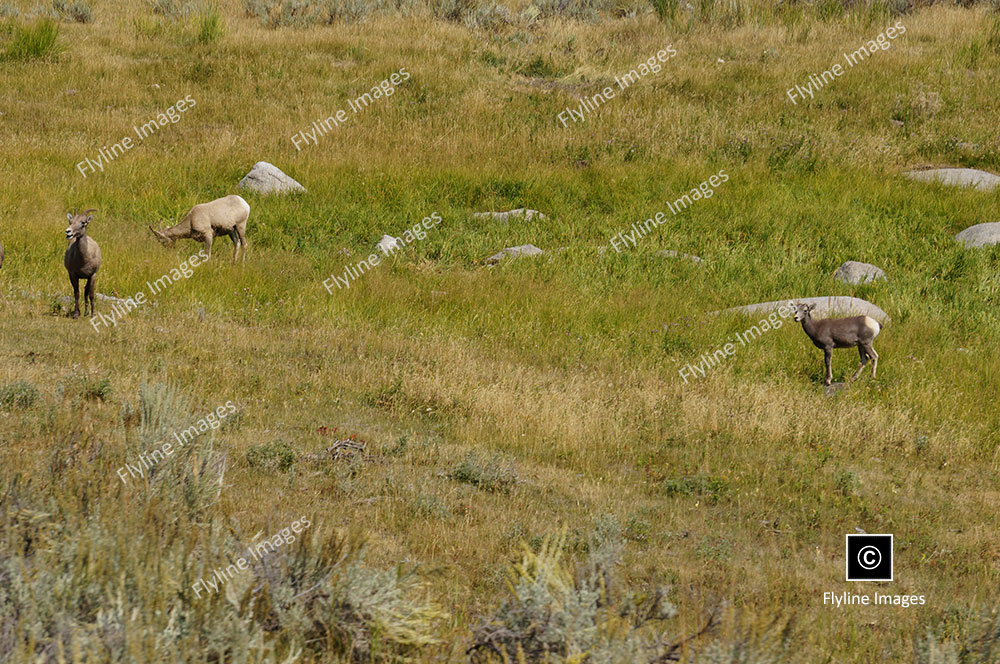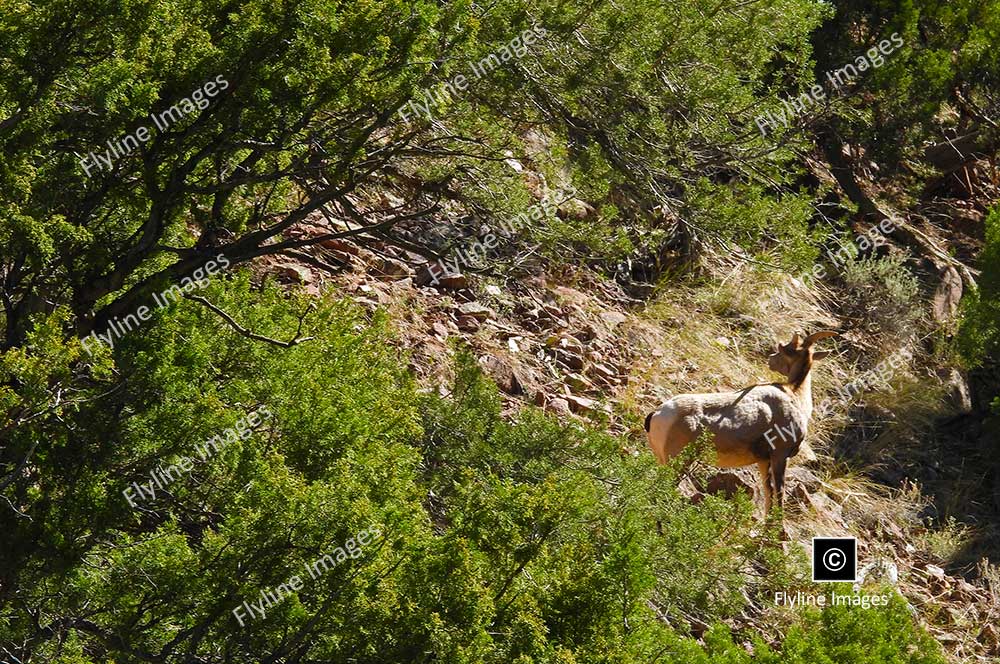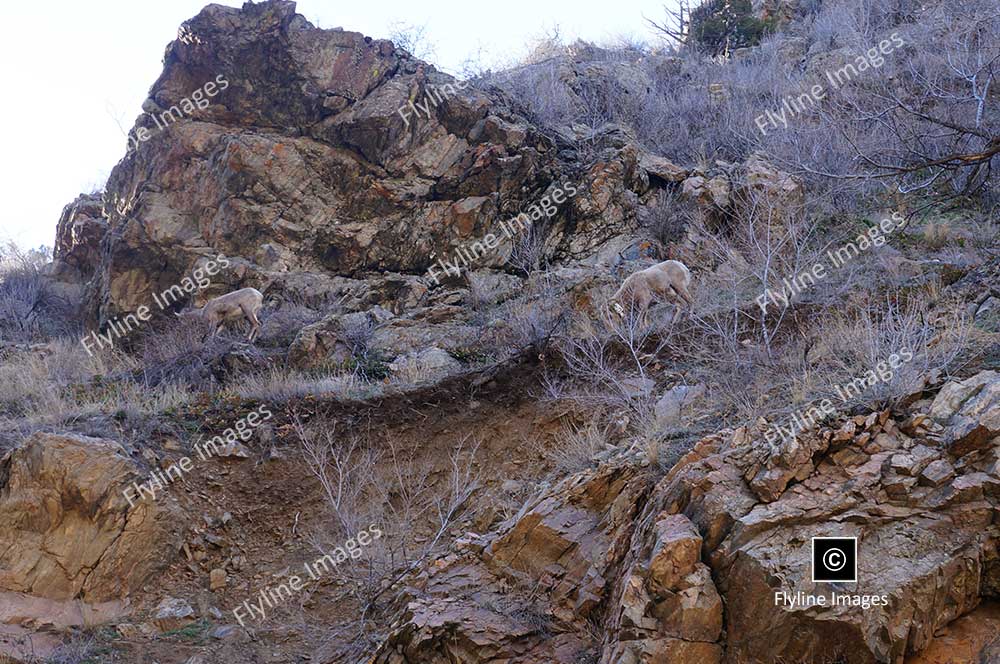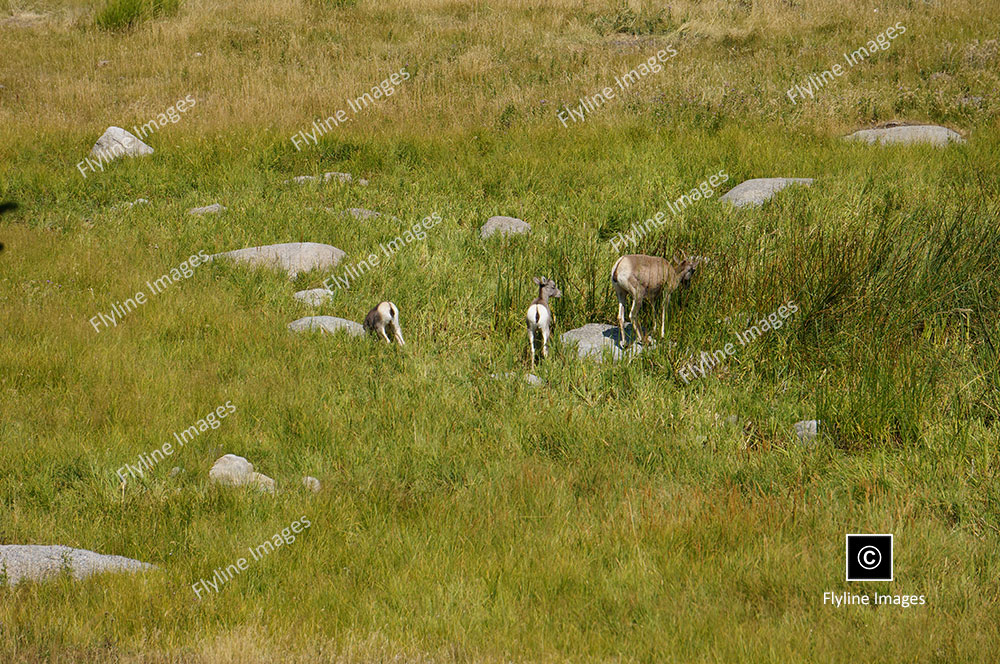Bighorn Sheep
Majestic Animals, Spiraling Horns, Built For Rocky Terrain
Bighorn sheep are renowned for their impressive and rugged appearance, characterized by large, spiraling horns that can weigh up to 30 pounds. These majestic creatures inhabit the steep, rocky terrains of North America, where their agility and surefootedness enable them to navigate with ease. The environment they choose to inhabit contributes significantly to their elusive nature, as they prefer remote and rugged areas that are difficult for predators and humans to access. Their ability to blend into these environments, combined with a natural wariness of potential threats, makes observing big horn sheep in the wild a rare and treasured experience for wildlife enthusiasts. Their reclusive lifestyle, adept climbing skills, and choice of habitat all play a role in maintaining their elusive reputation.
Portrait Style Images
MORE ABOUT BIG HORN SHEEP
Male bighorn sheep are known as rams, while female bighorn sheep are called ewes. Rams are distinguished by their large, curved horns, which can weigh up to 30 pounds. These horns are used for defense and dominance battles during mating season. Ewes, on the other hand, have smaller, more slender horns and are generally responsible for nurturing and caring for the young lambs.
Bighorn sheep are well known for their ability to climb and traverse steep, rocky terrain. This is due to their specialized hooves, which have a soft, rubbery outer layer that provides extra grip on slippery surfaces. They also have excellent balance and coordination, allowing them to navigate treacherous mountainsides with ease.
In addition to their impressive physical abilities, bighorn sheep also possess unique social behaviors. Males live in separate groups from females and young lambs for most of the year, only joining together during mating season. During this time, rams will often engage in aggressive head-butting battles to establish dominance and win over potential mates.In addition to their physical features and habitat, big horn sheep also have unique social behaviors that add to their allure. These animals are highly social creatures, living in groups called herds or bands. Within these herds, there is a strict hierarchy among the males, with dominance determined by size and strength of their horns. The dominant male, known as the “alpha”, has access to the best grazing areas and mating opportunities within the herd.
While big horn sheep may seem solitary in nature due to their elusive behavior, they actually rely heavily on each other for survival. Living in herds allows them to form strong bonds and cooperate when facing threats from predators such as wolves or cougars. This social structure also serves as a means for information sharing, as the older, more experienced sheep pass down knowledge about food sources and potential dangers to the younger members of the herd.
However, despite their impressive physical abilities and social dynamics, big horn sheep are facing numerous challenges in today’s world. Habitat destruction due to human development and disease spread from domestic livestock have greatly impacted their population numbers. Conservation efforts have been put in place to protect these animals and their habitats, but continued vigilance is needed to ensure their survival.
Big horn sheep may be elusive creatures that are difficult to observe in the wild, but they are worth seeking out for their unique adaptations and behaviors. By learning more about these magnificent animals, we can better understand the delicate balance of nature and work towards preserving their existence for generations to come. So next time you find yourself in the rocky mountains of North America, keep an eye out for these elusive yet captivating creatures and appreciate their role in our natural world. So let’s continue to admire and protect the elusive big horn sheep, a true symbol of resilience and adaptability in the face of adversity.
And who knows, perhaps one day we may even b


